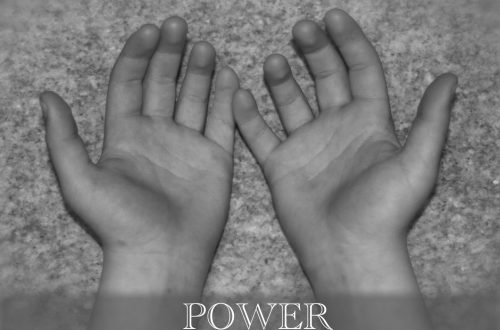Eternal Rescue Mission
Determine the number of participants. For large groups, break them up into 2 or 3 separate groups. Groups of approximately 10-12 people work best. You will need fewer boards than people so if you have a group of 12 people – use 9 boards. Use masking tape to mark a start and finish line. The starting area is “earth” and the finish line is “celestial kingdom”. The lines need to be far enough apart so that if you set all the boards in a line end to end with approximately 2-3 feet between them, you would NOT be able to walk on them from start to finish – make it so that you would need 2 more boards to make it easily across (see diagram below) { – – – – – – – – – } Before beginning, there should be a discussion on what “tools” we have been given to make it back to our heavenly father. Have a group discussion, and have the participants write on the boards the “tools” that they can think of (scriptures, gospel, parents, teachers, holy ghost, temples, etc). Then have a discussion and lay out the rules. The discussion should go something like this: We all begin our journey at birth with the veil gone and a long road ahead of us. Our Father in Heaven gave us many items to help us return safely to him. You will now use these items to get you from earth to the celestial kingdom. These gifts are not to be taken lightly – and never should they be let go of – if no one has them, they are gone for good. We all must help each other along, some may fall – some may loose their way, but it is up to the rest of us to help save them. The rules of the game are as follows: All participants start at earth with all of the tools (blocks) with them. They must get their entire team to the “Celestial Kingdom” by using the blocks. You can not step on the ground once you step over the starting line. You must always have hold of at least 1 other person at all times once you step over the starting line (it can be hand holding, hand on shoulder, locked elbows, etc). At least one person must be touching a block at all times once it is over the starting line. If you let go of a block it is lost to you for the game. If you let go of a person, they must return to earth and start again. Have the teams start – they can discuss and strategize on how they plan to get all team members over the line. Basically, since there are less blocks than people, there will be multiple people on a block at a time. Most teams that have succeeded have a first person set a block down a few feet on the other side of the starting line and then step onto the block while holding a persons hand behind them – the must set the block down and step on it all in one motion so that they do not stop touching it. Then the waiting people hand up another block and the lead person sets it down and steps onto it as the second person steps onto the one the first person just vacated (all the while still holding onto each other). Then a third block is handed up and the process is repeated until all of the blocks are gone. The start and finish line should be far enough along so that even after all of the blocks are used you can not reach the end. When you get to this point, they have to squish together and start picking up the blocks on the end and passing them up front so that they can get close enough to the end to jump to safety. Once everyone has made it, you can have another discussion with analogies like: You use the “blocks” more than 1 time throughout your journey – just like in the gospel it is not a 1 time thing. It is easier when you have a plan from the beginning – if you strategized and it worked then the plan was a good one, If not and you made mistakes, you were still able to try again – just like repentance. It is always easier to do it if you surround yourself with people who are all trying to do the same thing. If you were uncertain of the plan when you started out but went along with it based on faith….. You can never let go of the “tools” you have been given or you will loose them – use your scriptures, listen to the Holy Ghost. I’m sure there are a million other analogies you can draw from the exercise.



